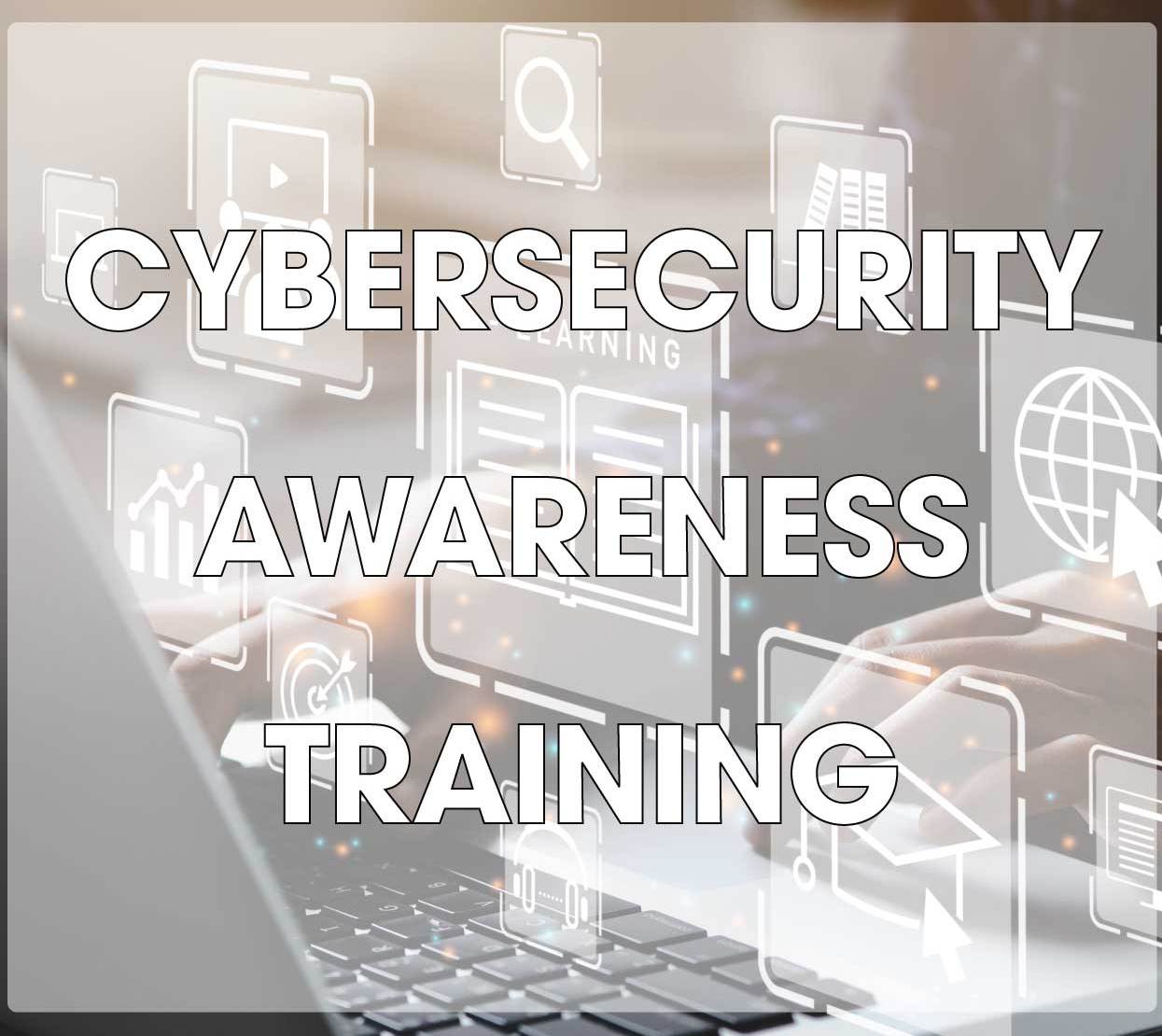Cybersecurity awareness training best practices to help you improve employees’ understanding of security threats and get the best return on your investment in employee training.

Why You Should Provide Security Awareness Training?
When it comes to cybersecurity, many companies focus most of their efforts on improving their technical defenses against cyberattacks. They invest in a firewall and purchase antivirus software, an email security solution, a web filter, multifactor authentication, and other cybersecurity products. With all of these solutions in place, they will be well protected against cyberattacks. However, all it takes is for an employee to make a mistake for the door to be opened for hackers.
A visit to a malicious website could easily result in a malware infection, and phishing emails will arrive in inboxes even with an email security solution in place. A click or hastily opened email attachment could easily result in a data breach. Business email compromise is the costliest type of attack. These attacks involve tricking employees into making fraudulent wire transfers, often for millions of dollars. These attacks are very difficult for email security solutions to identify, as genuine internal email accounts are used to conduct the scams.
Cybersecurity awareness training is required to improve understanding of threats, eradicate risky IT practices, and teach employees about cybersecurity. Bear in mind that 82% of data breaches involve the human element (Verizon). Through training, employers can reduce the types of employee mistakes that are exploited by cybercriminals. The HIPAA Journal provides HIPAA security awareness training that focusses on healthcare records.
Does Cybersecurity Awareness Training Reduce Risk?
The majority of studies on the effectiveness of cybersecurity awareness training show there are major benefits to be gained from training and that it is effective; however, only if training is done correctly. Many businesses are required to provide cybersecurity awareness training to employees to comply with industry regulations or for compliance with the General Data Protection Regulation (GDPR) and other regulations. Training is provided to meet compliance requirements, yet it is not effective at reducing risk. The reason is that meeting the minimum standards for training for compliance purposes does not always translate into a better security posture.
For instance, to comply with the Health Insurance Portability and Accountability Act (HIPAA), healthcare organizations in the United States must develop and implement a security awareness training program and should regularly train members of the workforce. The HIPAA Journal has highly ranked HIPAA security awareness training.
For cybersecurity awareness training to be effective, it needs to be provided regularly and must be reinforced. An annual training session is not sufficient. Training needs to be an ongoing process and provided no less frequently than every 6 months.
Cybersecurity Awareness Training Best Practices
If you want to improve your security posture, you should implement layered technical defenses and train the workforce on cybersecurity best practices and how to identify cyber threats. To help you get the best return on your investment, we recommend following these cybersecurity awareness training best practices:
Ensure the training material is engaging
You must engage employees, which means providing interesting, fun, and interactive training content. Don’t just have a classroom-based training session or give employees printed sheets to read. It is unlikely that they will take all the information on board and even less likely that they will apply their training when at work.
Provide training in small chunks
Lengthy training sessions will likely result in employees getting bored. You will get a much better response if you provide computer-based training in small chunks of 10-20 minutes. Employees will be much more likely to concentrate on the training that they will over a 2-hour training session. These training sessions will also be much easier to fit into busy workflows
Ensure the training is relevant
There is no point in training every employee using the same training course. Training needs to be tailored to each individual’s role and should be relevant to their job and the threats they are likely to encounter. Third-party training courses make this easy, as all the training material is created for you and modules can be assigned to different departments and roles to create custom training courses for everyone in the organization.
Cover current and emerging threats
The cyber threat landscape is constantly changing and so should your training material. It is vital to include the current and emerging threats in the training, as they are the threats that will be used in attacks on employees. If you use a training vendor, make sure they are updating their training material regularly.
Identify individuals at most risk
Some employees will require little in the way of training, as they will already have a good understanding of cybersecurity. Others will have next to no knowledge. You need to identify the individuals who are in most need of training and ensure their knowledge is rapidly improved. Certain individuals in the organization will be targeted more often by cyber actors, such as individuals with high levels of privileges or those with access to payroll or who conduct financial transactions. Ensure they are provided with more extensive training.
Conduct phishing simulations
After providing training, conduct internal phishing simulations on the workforce. Send realistic phishing emails to employees and track responses. Simulations are a safe way of identifying individuals who will be fooled by phishing emails. Those individuals can then be provided with further training. These simulations can also identify common knowledge gaps that can be addressed by updating the training course.
Photo Credit: Bussakon / stock.adobe







